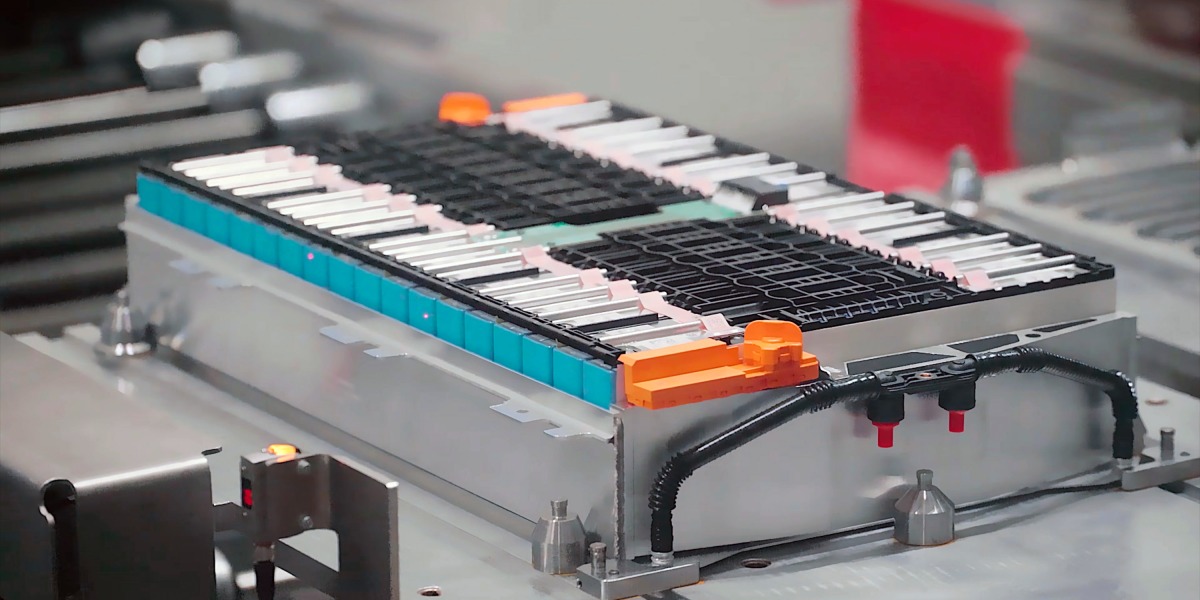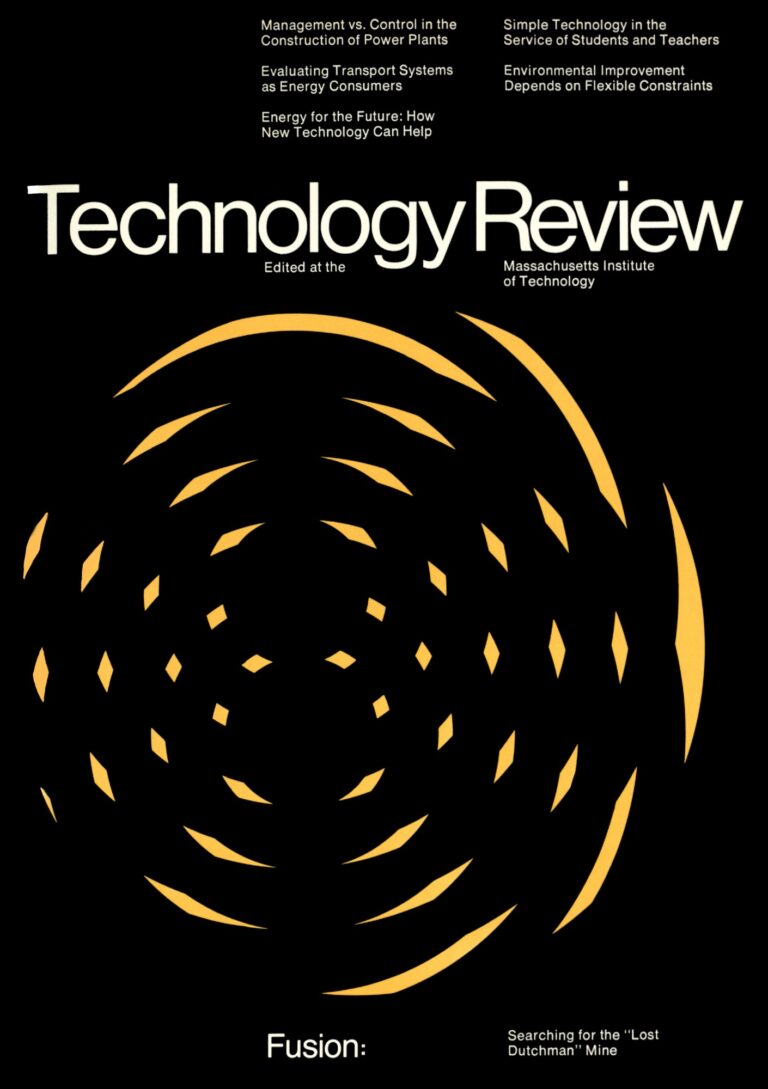
Over the time I’ve spent writing about climate, and even before that in my previous life as an engineer, I’ve cultivated a somewhat major obsession with batteries. And it’s not just because the concept is so mind-bending: batteries are set to play a starring role in the renewable energy transition, both in EVs and on the grid.
So when the new year rolled around and we here at MIT Technology Review started to work on a series called “What’s Next in Tech,” I knew exactly what I wanted to write about. The result went live this morning—check it out for all my predictions on what’s going to be important this year in battery technology. And for the newsletter this week, let’s dive a bit deeper on batteries’ role in climate action, why I think they’re so exciting, and where the technology is going.
The energy puzzle
Stored energy is absolutely key to our way of life. The ability to flick the lights on, cook dinner, or drive to work relies on energy that we can unleash when we need it. Today, the vast majority of this energy storage is in the form of fossil fuels. Coal, natural gas, oil—all forms of fossil fuels contain energy in their chemical bonds, remnants of plants and animals that lived millions of years ago. These fuels are burned when we need them at power plants or in vehicles, transforming that energy into a form we can use.
But now we’re trying to stop burning fossil fuels. We’ve got great candidates for new energy sources, especially solar and wind. But these sources are “intermittent,” a long word to say that the sun doesn’t always shine and the wind doesn’t always blow.
So we need a way to take the electricity generated by wind turbines and solar panels and store it, and that turns out to be more complicated than it sounds.
A quick aside here to say that there are other ways to at least help address intermittency. Adding baseload and dispatchable energy sources like nuclear, geothermal, and hydropower can somewhat balance intermittent solar and wind. And better, longer transmission lines to move electricity around can also help.
But back to energy storage.






